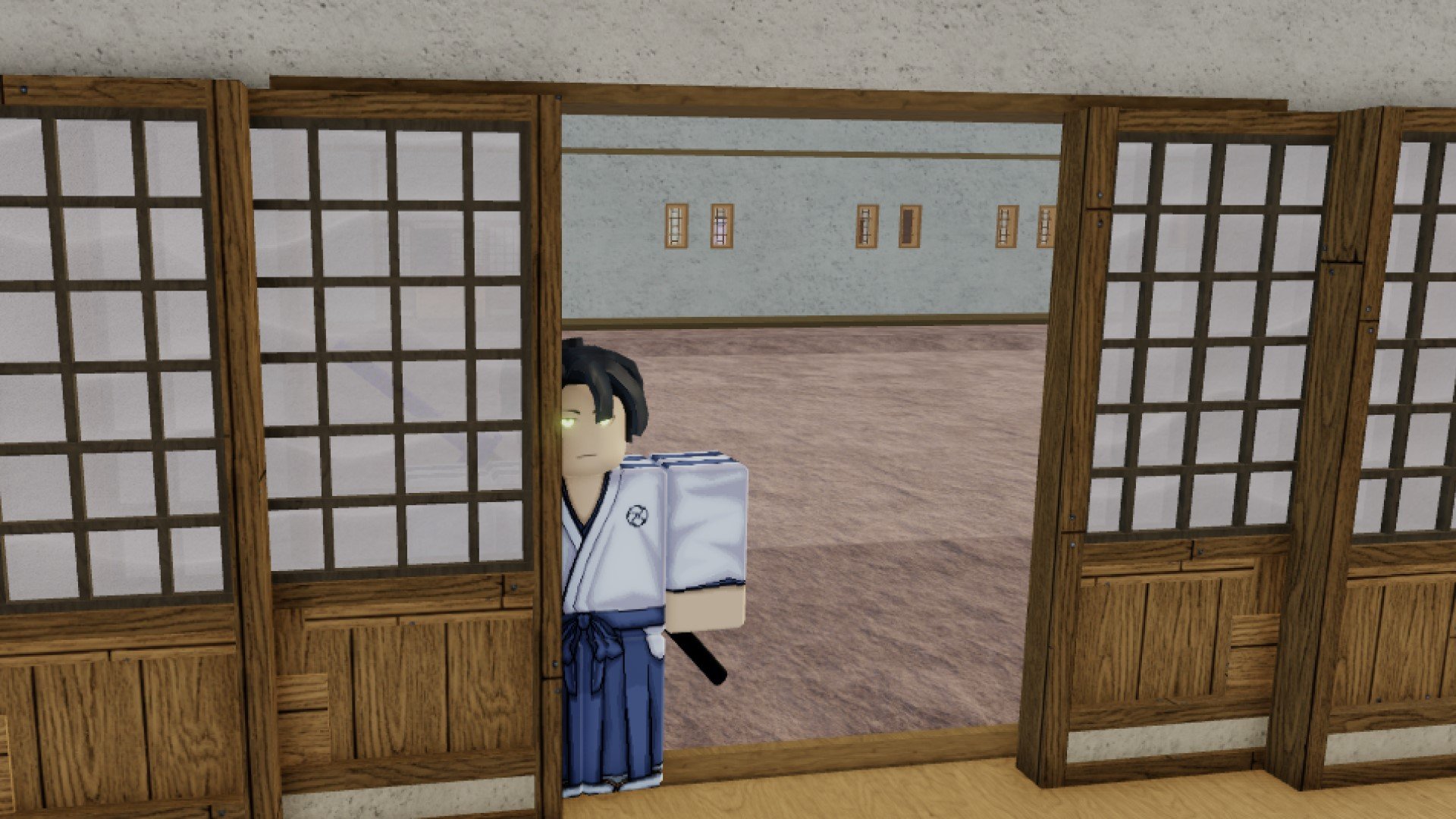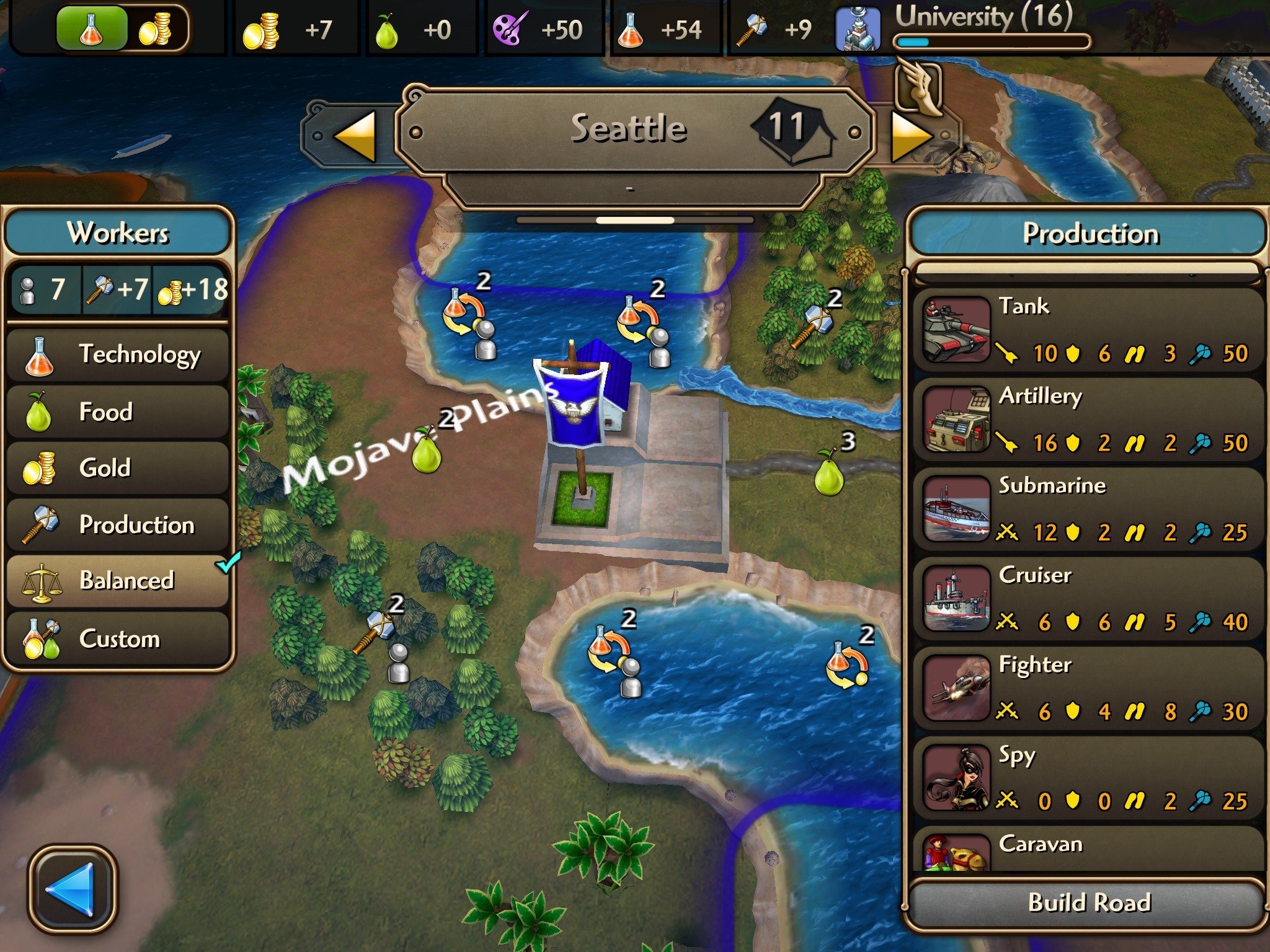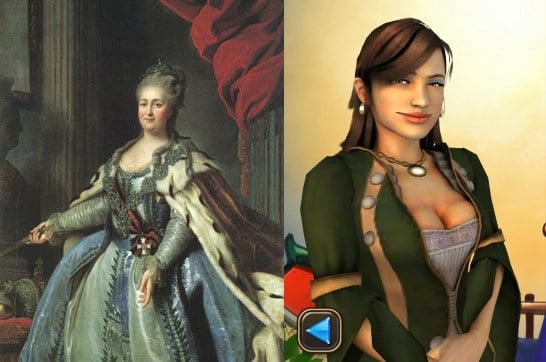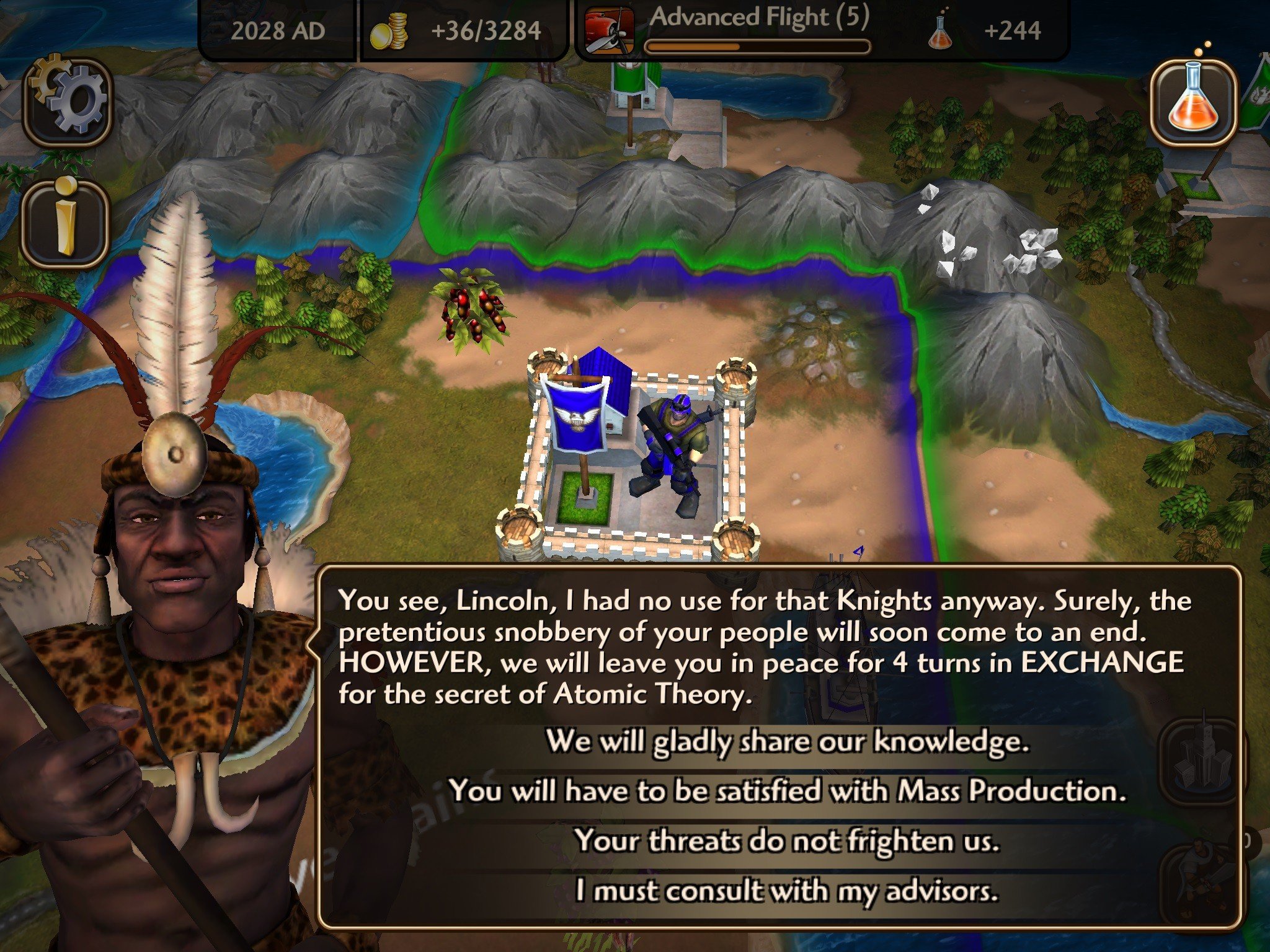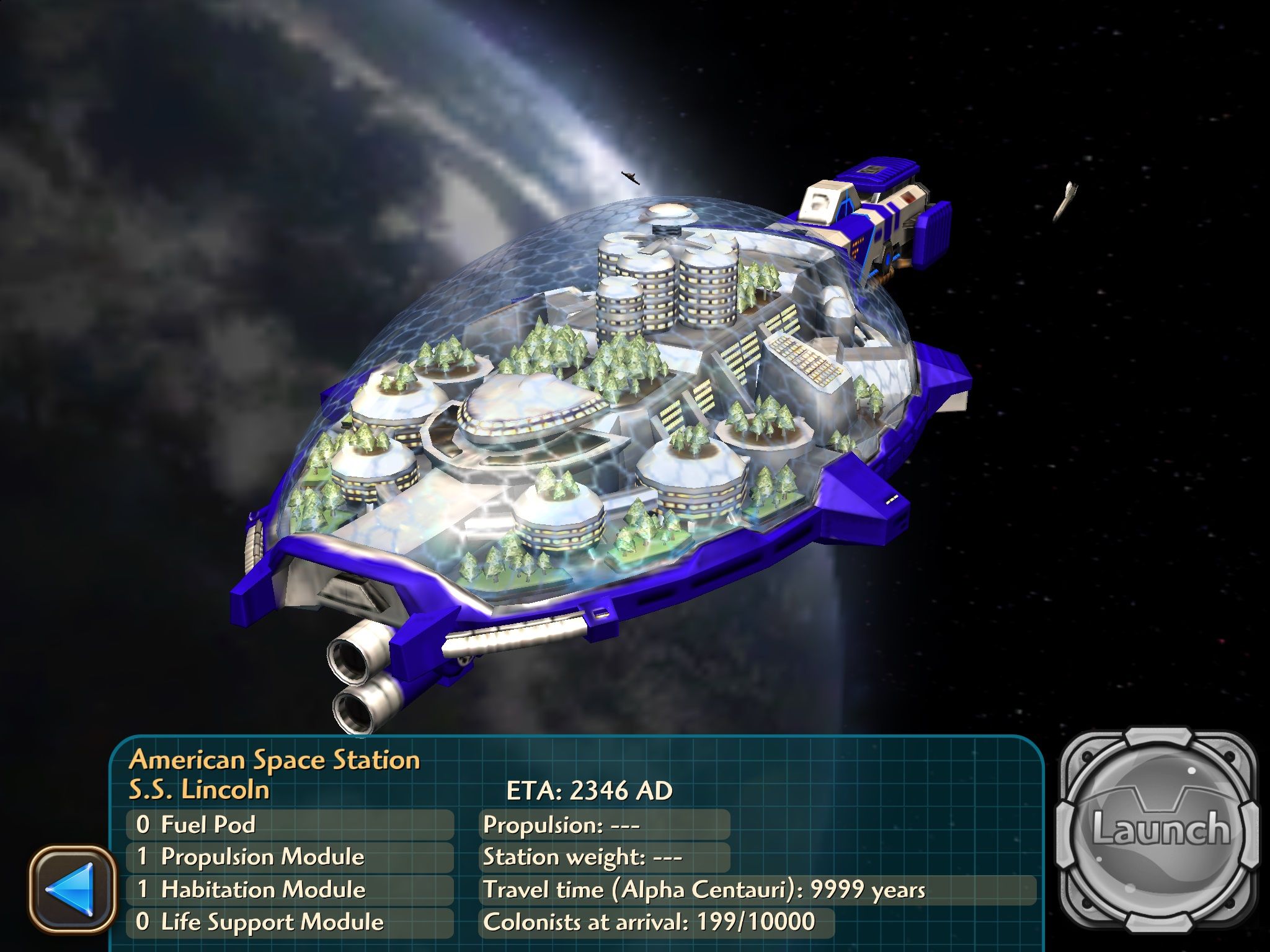- Wondering how to get Monopoly GO! free rolls? Well, you’ve come to the right place. In this guide, we provide you with a bunch of tips and tricks to get some free rolls for the hit new mobile game. We’ll …
Type Soul Skill Boxes Guide – What They Do And How To Get Them!
By Nathan Ball
Gain access to the most powerful abilities in the game with my comprehensive guide to Type Soul Skill Boxes for Roblox.Best Roblox Horror Games to Play Right Now – Updated Weekly
By Adele Wilson
Our Best Roblox Horror Games guide features the scariest and most creative experiences to play right now on the platform!The BEST Roblox Games of The Week – Games You Need To Play!
By Sho Roberts
Our feature shares our pick for the Best Roblox Games of the week! With our feature, we guarantee you'll find something new to play!
Civilization Revolution 2 Review: You Can’t Reinvent the Wheel
Civilization Revolution was the last game my brother and I ever fought over. While each of us apparently had the money for our own PlayStation 3s, the thought of buying the game, rather than pass around the copy rented from …
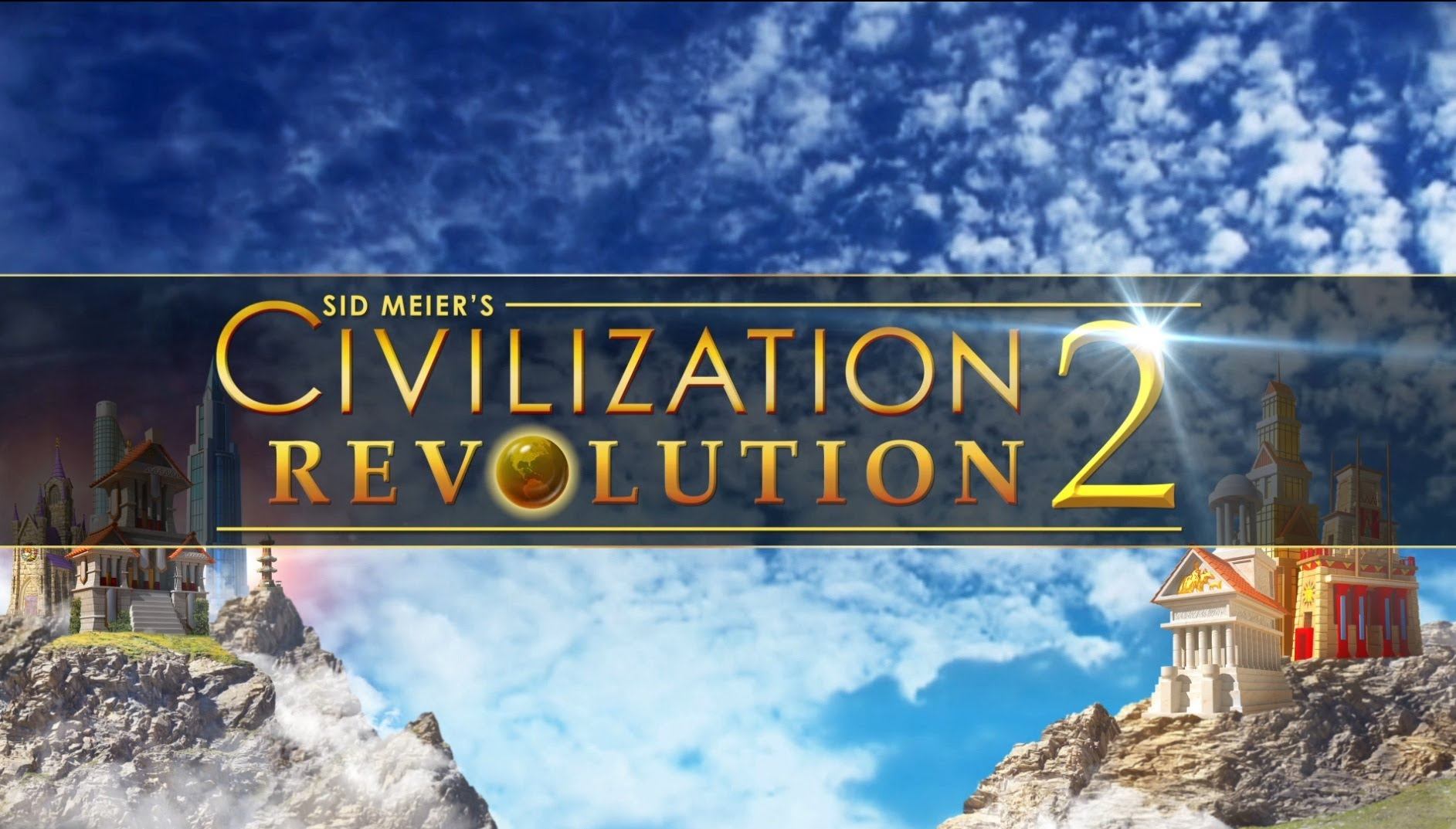
Civilization Revolution was the last game my brother and I ever fought over. While each of us apparently had the money for our own PlayStation 3s, the thought of buying the game, rather than pass around the copy rented from Premier Video, must have seemed inconceivable. Regardless, neither of us wanted to give up the grand, global strategy of securing resources, tackling empires, and researching anachronistic technology that mark the franchise.
Since then, he’s mostly moved on from video games, though once in a while he’ll still ask to play something on my iPad. In the case of Civilization: Revolution 2, he’d probably ask to use it again, and I’d be inclined to let him.
It’s not that I don’t enjoy the game. 2K China’s latest is still a worthwhile 4X strategy distraction on the micro scale. It’s that while my appreciation for the genre has grown up since the time of bickering with my brother, CivRev has not.
Rather than evolve the game, as the PC sequels have done for decades, the developer has opted to streamline the existing experience even further. The phrase “dumbing down” gets thrown around a lot these days, but here it may actually be applicable. Evolution, in the case of this sequel, means getting rid of the charts, graphs, and strategy-specific tutorials that make four victory conditions possible.
What’s left is often fun, but hardly an upgrade.
The one place you could say there’s been notable growth is the most obvious: graphics. CivRev 2 is far and away better looking than its predecessor. Battles are animated, cities and characters evolve to match the era, and colors pop across the landscape with a lushness not seen in the previous game.
The only notable complaints may be that civilization leaders’ models have that flat, lightless-ness to their texture often seen on mobile games. Also, while each male icon is a clear, and often whimsical caricature of history, the design of women favors cleavage over cleverness.
Alexander the Great, for instance, spouts his Civilization gibberish with an historically inaccurate, but amusing California surfer accent while flexing his biceps for your approval. Meanwhile, his Russian naming counterpart Catherine the Great tosses bangs from her eyes, winks coyly toward the camera, and strains against her low-cut top.
While Catherine was historically a confident, prodigious lover, boiling her iconography (and, actually, three of the four playable women) down to just this aspect alone when, say, John F. Kennedy receives no such treatment, is a little gross. Not to mention the game’s of her depiction takes further… liberties.
But, once you’ve selected your character (usually Catherine, in my case, because she gets half-cost spies) you won’t be seeing much of them anyway. This is a Civilization game, after all, so instead you’ll mostly inspect your randomized map. Once you’re over the game’s looks, you’ll realize very little has changed in the years since its predecessor.
This is where I fear I may have outgrown the Revolution formula in favor of Civilization V, a game I’ve spent many, many dozens of hours with since it released on PC: a game that, ironically enough, owes most of its improvements to the developer’s time working on the first Civilization Revolution.
In CivRev 2, like all games in the franchise, there are multiple ways to achieve victory: economy, science, culture, and domination.
Science is traditionally my preferred method. It concludes with the player building a mobile space station and launching it off to Alpha Centauri. Culture means building a United Nations by attracting great people, domination is simply capturing every enemy capital, and economy… Well, in CivRev 2 it just means hoarding an awful lot of money, which is simple since the only use currency has in this version of the game is to make endless extortion payments to military-minded leaders.
There will be a lot of military-minded leaders.
No matter what kind of grand plans for space colonies or world peace you may have, there’s no escaping the ever-present threat of combat. Whether as a means of streamlining the game, or just coincidence, most civilizations resort to good, old-fashioned bloodlust. That’s still fun to engage in, but it’s only one aspect of what Civilization is about. In CivRev 2, however, it’s clearly the only thing that matters.
Said combat has seen the biggest overhaul of any aspect in the sequel. Rather than have their own stats, units now represent numbers. Basic warriors, for example, are worth three “points,” visually represented by three soldiers. A tank, on the other hand, sports much greater value.
Each of these points then has a random chance to kill or be killed by one of the opponent’s. CivRev 2’s combat now essentially plays like Risk, removing the strategies of flanking and outnumbering, but making it a great deal more obvious.
That’s seems to be the design philosophy of the entire game: make things more “obvious” without actually explaining anything.
It’s obvious you want to move your units around the field. It’s obvious they should attack other people. It’s obvious you don’t want to lose cities. How your cities can convert others with culture, or how to achieve a technological victory, however, aren’t so obvious. Explaining them would require complicated things like charts, graphs, and separate tutorials – none of which are meant for CivRev’s audience.
The only reason I knew to building that spaceship would get me to Alpha Centauri is because, at some point, I moved on to what should be the more complicated game – Civilization V. It’s never explained in the tutorial, which only goes over combat basics.
If, like the developers seem to have done, you ignore the more complex facets of the game, there’s still a lot of Civilization-like fun to have. It’s just a lesser experience than even the first Revolution was.
For someone like my brother, that’s likely fine. For me, however, all this simplification just confused me.

The good
- Looks nicer than the previous game - mostly.
- The very basics of Civilization are still intact

The bad
- Goes beyond streamlining to provide a stripped down experience.
- Focus is almost entirely on combat.
- Some odd character design.
More articles...
Monopoly GO! Free Rolls – Links For Free Dice
By Glen Fox
Wondering how to get Monopoly GO! free rolls? Well, you’ve come to the right place. In this guide, we provide you with a bunch of tips and tricks to get some free rolls for the hit new mobile game. We’ll …Type Soul Skill Boxes Guide – What They Do And How To Get Them!
By Nathan Ball
Gain access to the most powerful abilities in the game with my comprehensive guide to Type Soul Skill Boxes for Roblox.Best Roblox Horror Games to Play Right Now – Updated Weekly
By Adele Wilson
Our Best Roblox Horror Games guide features the scariest and most creative experiences to play right now on the platform!The BEST Roblox Games of The Week – Games You Need To Play!
By Sho Roberts
Our feature shares our pick for the Best Roblox Games of the week! With our feature, we guarantee you'll find something new to play!





